A step-by-step guide to a successful materiality assessment

Anna Zakrisson
CSO at iimpcoll
2023-07-03
7 min
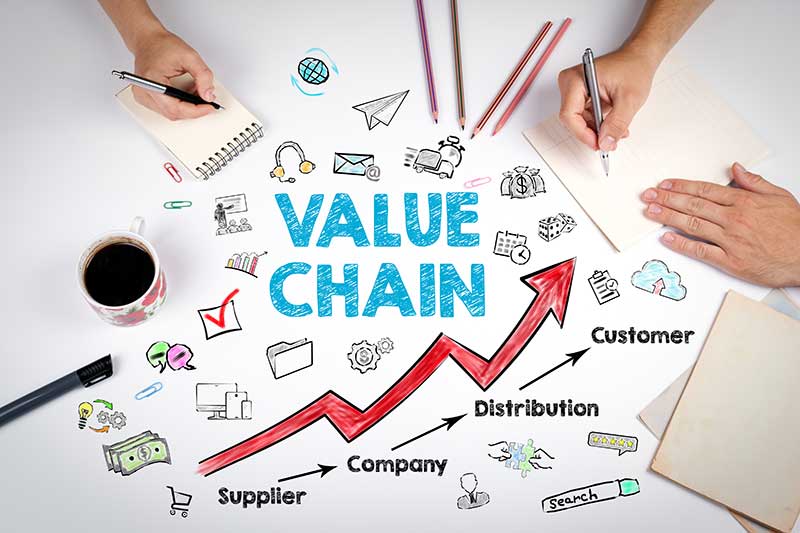
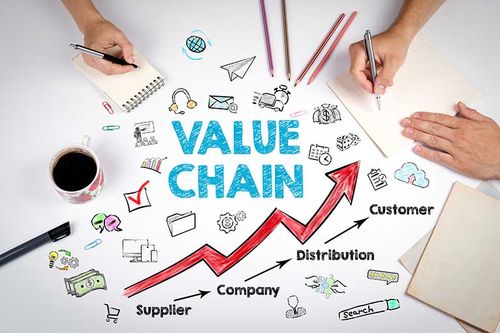
Materiality analysis is a vital tool for companies to understand their impact on society, economy, and environment. This process involves gathering and analyzing sustainability data to identify critical topics that require the most attention. By prioritizing focus areas, companies can ensure legal compliance, gain valuable business insights, and enhance their overall sustainability performance.
What is ESG materiality and how does it impact EU companies?
Being aware of material issues empowers companies to ensure their activities conform to their Environmental and Social Governance (ESG) strategies, legal obligations, and business objectives. In turn, this can boost their competitiveness and help create a more equitable economy.
In today's business landscape, understanding the link between sustainability issues and potential opportunities and risks can provide a strategic advantage for companies. Businesses focusing on managing ESG impacts, risks, and opportunities can strengthen their competitive edge while simultaneously reducing legal and non-compliance risks.
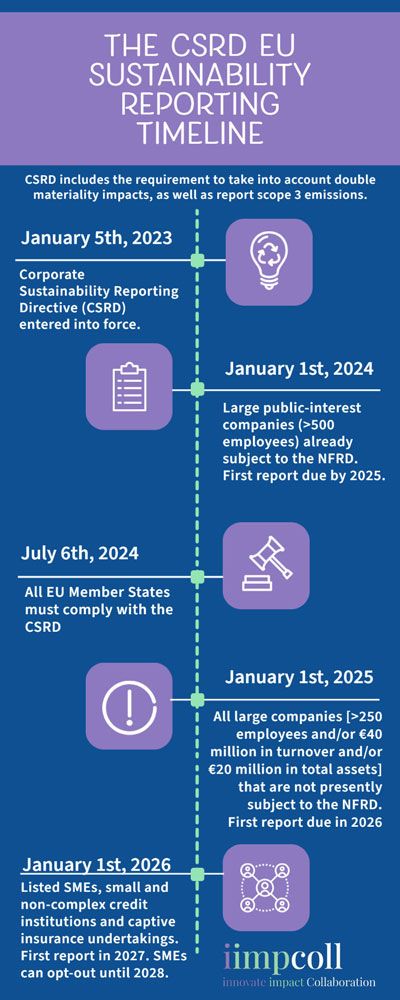
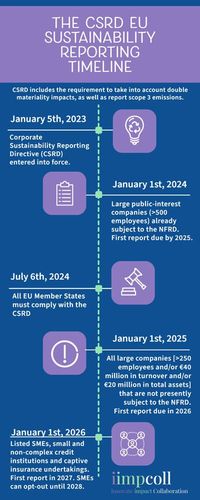
Materiality and double materiality explained in under 60s!
How to write an ESG report that aligns with EU regulations and legislation?
Writing an ESG (Environmental, Social and Governance) report that aligns with European Union regulations and legislation is a key step in ensuring that companies are meeting their sustainability objectives.
An effective ESG report will include information about the company’s financial performance, environmental impact, employee engagement levels, stakeholder interests, and other relevant data. It should also provide insight into how the organization is managing these issues and any potential risks associated with them.
- Firstly, it is important to understand the concept of ESG materiality as discussed in this article. This refers to the importance of environmental, social and governance factors relative to each other as well as their potential impact on a company’s performance. It is essential for companies to identify which issues are most relevant and prioritize them accordingly.
- Next, the report should provide an overview of the company’s operations and activities. This should include data on their financial performance, environmental impacts, employee engagement levels, stakeholder interests, and other relevant information. It is also important to discuss any potential risks associated with these issues and how they are being managed.
- Finally, the ESG report should include an action plan for addressing the identified material issues. This should outline how the company intends to address each issue and ensure that it is meeting its sustainability objectives. It should also provide timelines and milestones for these initiatives so progress can be tracked over time.
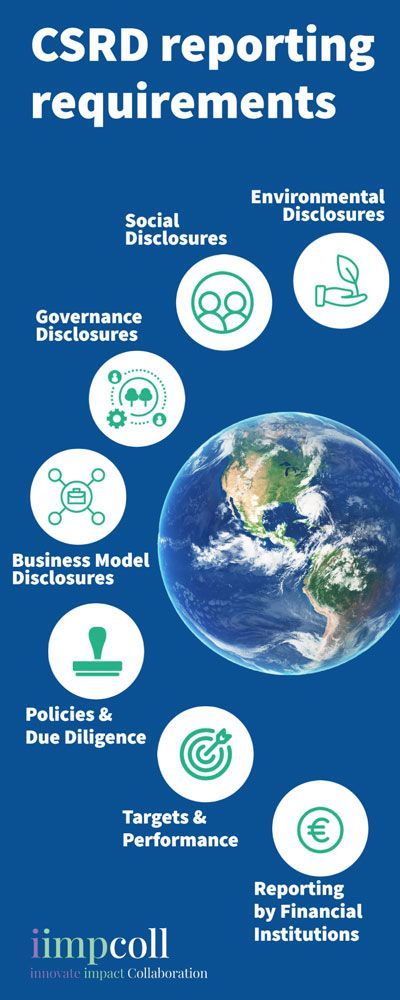
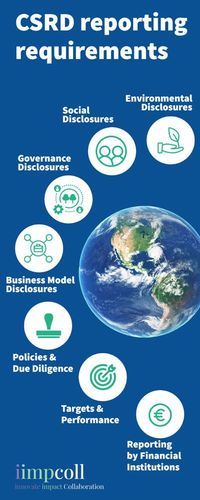
How to do a materiality assessment in compliance with EU laws?
Conducting a materiality assessment in compliance with EU laws and regulations is key. The European Union's new Corporate Sustainability Reporting Directive (CSRD) has mandated the adoption of European Sustainability Reporting Standards (ESRS) for thousands of companies in Europe and European subsidiaries of U.S. companies.
! Note that the commonly used Global Reporting Initiative (GRI) standard strives to be aligned with the ESRS standards and thus to be CSRD compliant.
The ESRS standards include the double materiality concept
The European Sustainability Reporting Standards (ESRS) establish comprehensive reporting obligations for companies within the scope of the CSRD. These standards comprise two fundamental guidelines that present general reporting principles and encompass overarching disclosure criteria involving multiple datapoints.
One notable aspect of these standards is the concept of double materiality, which is not fully integrated within the GRI standards. Double materiality relates to the recognition of two dimensions of significance: financial and impact. In order to ensure robust reporting, companies will be required to conduct materiality assessments for both dimensions and disclose matters that hold material importance in either dimension across all sustainability-related issues.
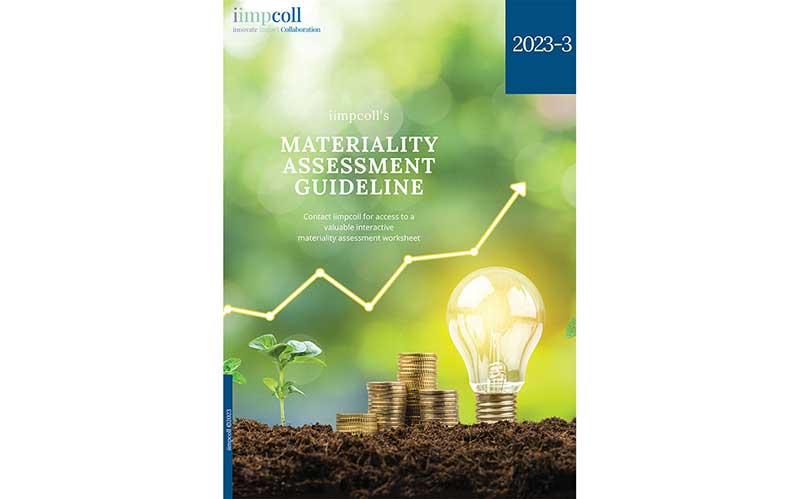
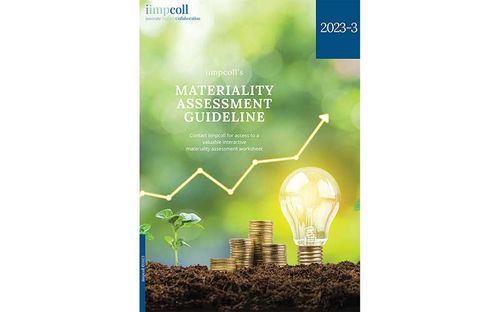
Our Guide: Enhance Your ESG Reporting with a Reliable Materiality Analysis
The materiality analysis sets the foundation for your entire ESG report. It's a critical step that shouldn't be underestimated. But here's the good news: it doesn't have to be complex. In fact, when done right, it can unlock new business insights and opportunities.
Free Download: Materiality Assessment Guide Contact us now to take your ESG reporting to the next level and stay ahead of the game.
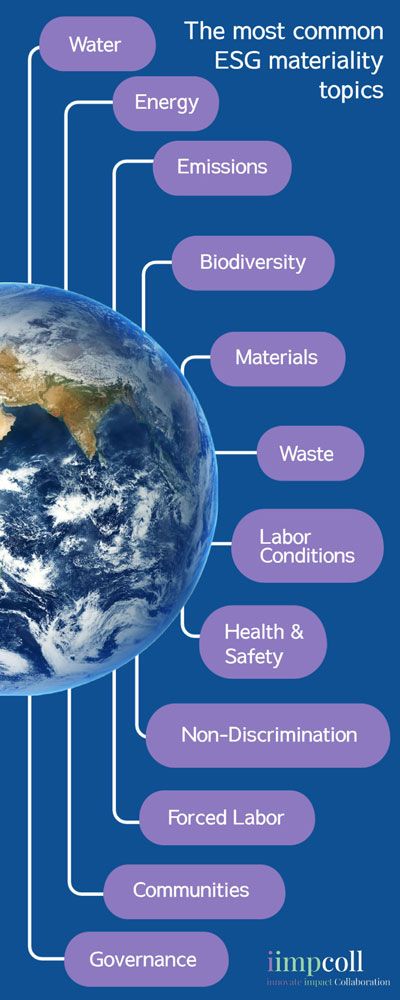
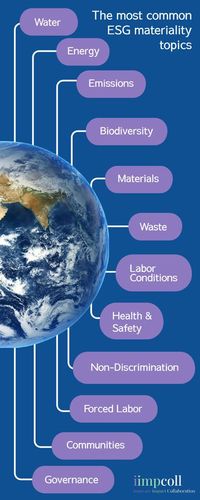
What is double materiality and how does it affect EU sustainability reporting?
“Double materiality” refers to how sustainability issues affect their business from outside, and how their activities impact society and the environment from the inside. This shift represents a significant evolution of corporate reporting practices in Europe.
The new Corporate Sustainability Reporting Directive (CSRD) is based on the 'double materiality' perspective. Companies are expected to record the economic effect of sustainability aspects and the impact of operations on sustainability.
Besides, the CSRD mandates companies to report on sustainability goals, the role of the executive board and the supervisory board, and their most significant adverse impacts.
The new rule eliminates the possibility of publishing non-financial information in a separate report. In the future, sustainability information should be disclosed exclusively in the management report.
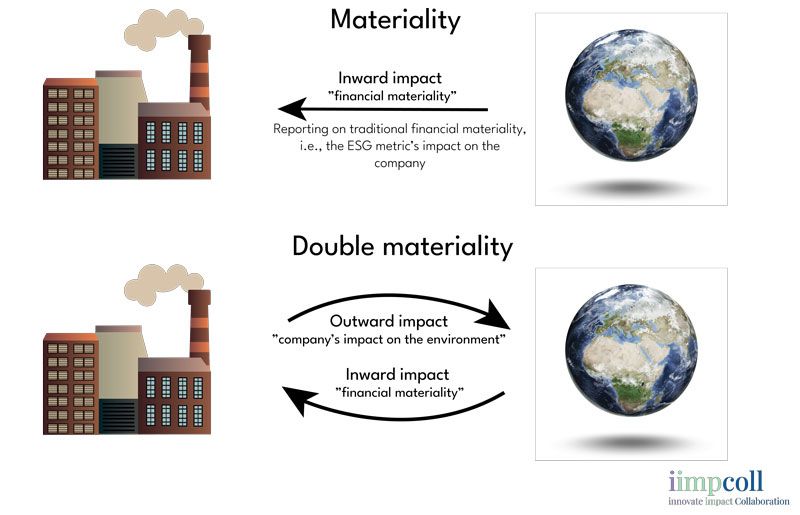

Double materiality refers to the company's impact on the society and environment and the financial impacts on the company.
What are the main steps for conducting a materiality assessment in accordance with EU standards?
Conducting a materiality assessment ensures compliance with applicable regulations and creates greater trust among stakeholders.
- Step 1: Define and Assess the Company’s Sustainability Goals The first step when conducting a materiality assessment is to define and assess the company’s sustainability goals. This involves analyzing current operations, understanding customer needs, looking at legal requirements, and assessing external factors such as market trends and environmental issues. Once the goals have been set, the next step is to prioritize them in terms of importance.
- Step 2: Identify and Analyze Material Issues The second step is to identify and analyze material issues. This involves looking at data such as financial performance, customer feedback, ESG (environmental, social and governance) performance, environmental impact, employee engagement, and stakeholder interests. This helps to identify which issues are most important (or ‘material’) to the organization’s sustainability objectives.
- Step 3: Prioritize Material Issues. Once material issues have been identified and analyzed, the next step is to prioritize them in terms of importance. Different organizations have different approaches to this, however common factors include financial performance, legal requirements, stakeholder interests, and external factors such as market trends and environmental issues. For this, a so-called materiality map (or materiality matrix) can be used.
- Step 4: Develop Strategy for Addressing Material Issues The fourth step is to develop a strategy for addressing material issues. This could involve creating policies and procedures, setting targets for performance, or introducing new technologies to reduce environmental impact.
- Step 5: Monitor Performance Against Material Issues The fifth and final step is to monitor performance against material issues over time. This could involve tracking customer feedback, ESG ratings, financial performances, environmental impacts, employee engagement levels, and stakeholder interests on an ongoing basis to ensure that the company is meeting its sustainability objectives.
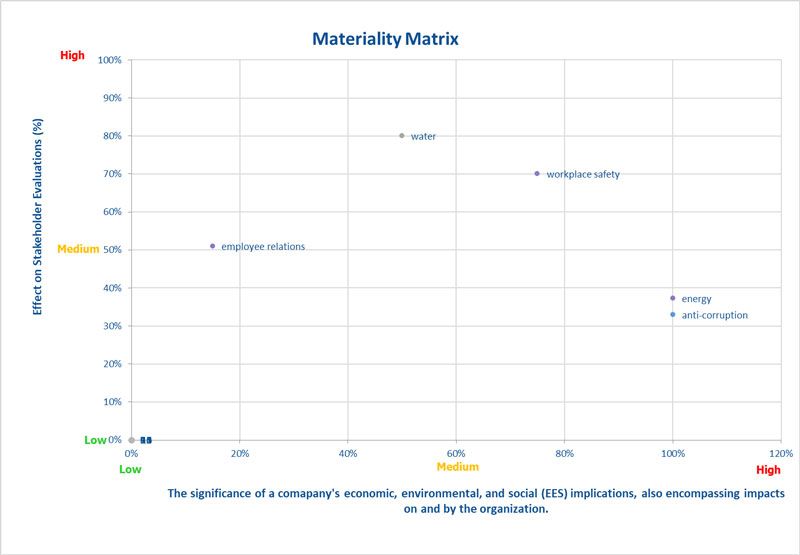
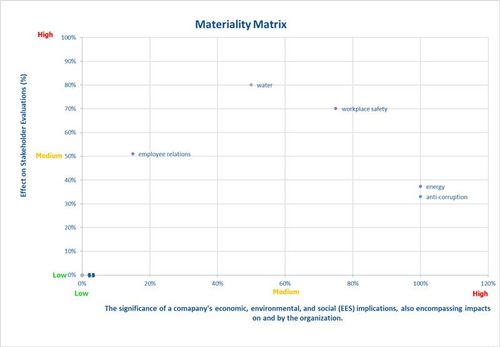
An example of a materiality matrix.
Check out our article ESG Reporting Explained for more in-depth information!
What are the top materiality assessment tools for EU businesses?
There are many different materiality assessment tools available for EU companies, at various price-points. Most of the standards simply supply the user with a pdf guideline.
If you are interested in learning more about ESG software, check out our upcoming whitepaper on how to select the most optimal ESG software for your company or organization or contact us today for direct advice and support!
What is the GRI materiality assessment map?
The Global Reporting Initiative (GRI) provides their standard GRI3 - Material Topics 2021, for EU businesses. This resource allows companies to analyze their operations across seven core topics of sustainability: economic, environmental, social, labor practices and human rights, human capital development, product responsibility, and business ethics. However, this is a simple pdf with instructions and not a software solution.
The GRI also provides guidelines on how to best track performance against these topics over time and is currently the most commonly used ESG framework standard in the European Union.
How can the SASB materiality map help EU companies identify key sustainability issues?
The SASB Materiality Map is a good resource for EU businesses looking to identify and prioritize financial sustainability issues. The SASB standard allows companies to assess their operations according to the standards set by the Sustainability Accounting Standards Board (SASB). Since SASB is mainly focusing on financial aspects and is not enough as a stand-alone solution for CSRD compliance.
The SASB website contains an interactive tool to create a sustainability matrix/map. The Materiality Finder easily locates and compares relevant disclosure topics, including those that may not immediately appear in an industry. Unlike the Materiality Map®, the Finder allows users to search by company, view important information without opening any boxes, and easily download the standards.
Need help?
If you want to learn more about conducting a materiality assessment in accordance with EU standards, get in touch with our team today. We can help your organization better understand the concept of ESG materiality and ensure that it is addressing these issues in the most effective and efficient way possible.
Contact iimpcoll today!
